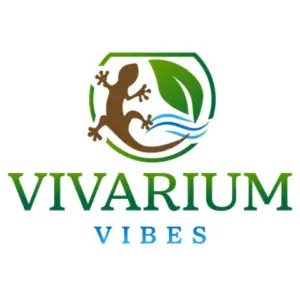This page may contain affiliate links that allow us to make a small commission from qualifying purchases (at no extra cost to yourself). We appreciate your support.
Not everyone has a lot of space to dedicate to their pets and so it can be quite difficult to find pets that can live comfortably in a small environment. I decided to do some research and find out which pets can live comfortably in a 10 gallon or less enclosure.
Here are some animals that can live in a small terrarium:
- Dwarf Tarantula
- Blue Death Beetle
- Praying Mantis
- Fire Belly Newt
- Hermit Crab
- Emperor Scorpion
- Hissing Cockroach
- Leopard Frog
- Fire-Bellied Toad
- Pacman Frog
- Giant Millipede
- Green Anole
- Leopard Gecko
- African Dwarf Frog
- Salamander
- Snails
- Marimo Moss Ball
- Isopods
Trying to keep pets in terrariums or enclosures that are too small can be damaging to their health and well-being. Be sure when choosing your pets to consider their size and how many you want to include in your terrarium. Terrarium sizes may need to be adjusted if your animal is larger than average or if you want to include multiple pets within the same terrarium.
If you want to know the best terrarium size for your animals then hold up for just a bit. I wrote an article specifically focusing on larger terrarium animals/housing multiple animals and their size requirements which I encourage you to read!
Just because your animal lives in a small terrarium doesn’t necessarily mean it has small requirements. For each of the animals listed, I have included some key information that you will want to think about if considering any of these small terrarium animals.
One of these requirements is making sure you have plants that are safe for your animals. Lucky for you, I have written an article covering safe plants for your animals as well as an article specifying which plants are toxic.
1. Dwarf Tarantula
Dwarf Tarantulas can be housed in a 2.5-gallon terrarium (12” x 6” x 8”) quite comfortably. They can grow up to 2” as adults and have an average life span of 5-7 years. Dwarf Tarantulas prefer to live alone and do not play well with others.
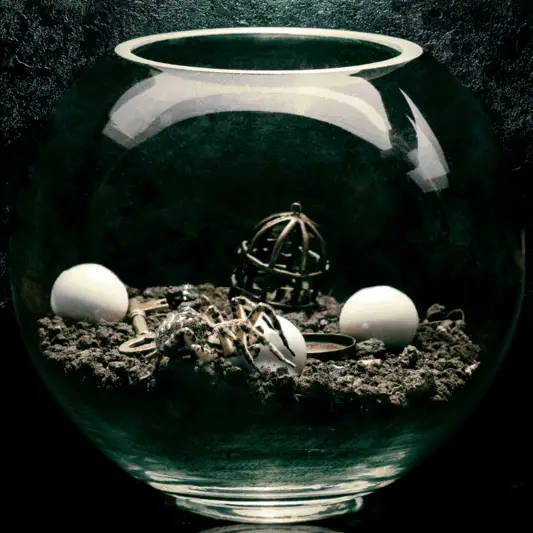
These smaller tarantulas make great pets as they are quite docile. However, don’t be fooled into thinking they can’t catch you off guard as they can move quickly if they desire. The last thing you want to tell your guests is that you’re missing your pet tarantula!
2. Blue Death Beetle
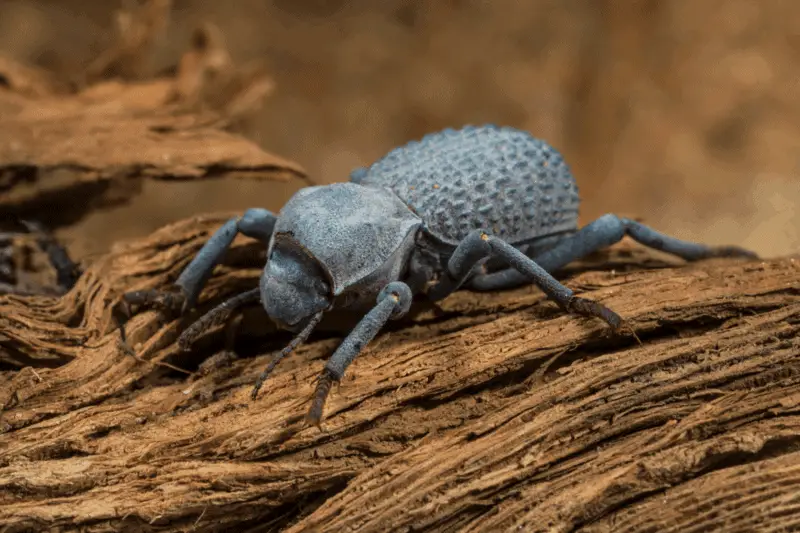
Blue Death Beetles love to move around so its important to house them in a terrarium that is at least 5 times their body length. The average size for a blue death beetle is 0.5-1 inches long, so you could easily fit multiple beetles within a 10-gallon terrarium.
Blue Death Beetles are interesting pets as they eat just about anything and can live for over 15 years.
3. Praying Mantis
A 1-square foot terrarium is a great size to house a praying mantis as they do not need a lot of space. Make sure to add an inch or two of substrate to the bottom of your terrarium.
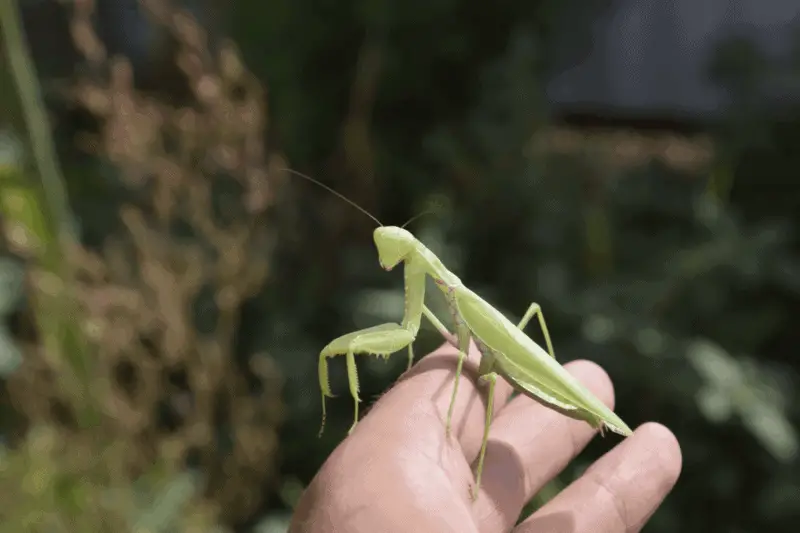
Praying Mantis have been known to grow up to 6 inches in size but usually average 2-3 inches. If cared for correctly, you can expect your praying mantis to live up to a year within your terrarium.
4. Fire Belly Newt
A 10-gallon terrarium would be suitable for one fire belly newt or potentially a pair, if they were on the smaller side. Fire belly newts grow between 3-6 inches in length and so a pair of larger newts or more than a pair will need to be housed in a larger terrarium.
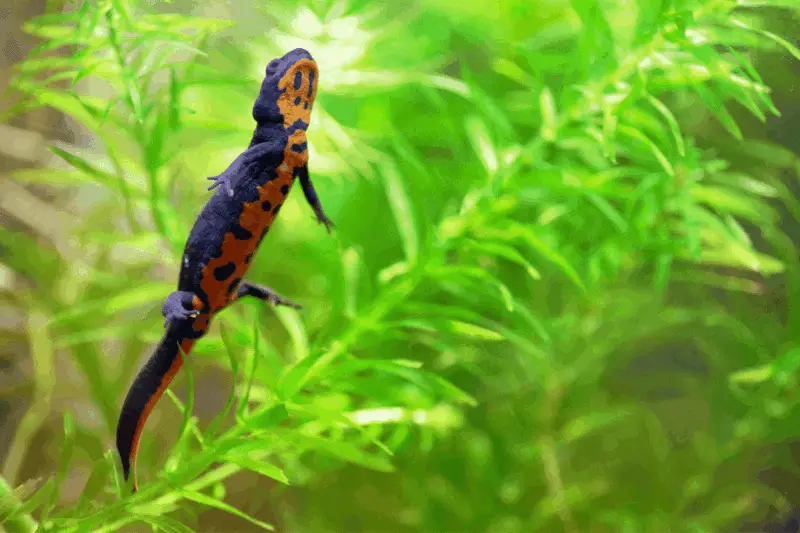
Be sure to include plenty of water within your terrarium as that’s where fire belly newts like to spend most of their time. You can expect an average lifespan of 10-15 years, but if cared for well, its possible they can live for up to 30 years.
5. Hermit Crab
A good rule of thumb when determining terrarium size for hermit crabs is at least 5 gallons of space for every 2 crabs. Although hermit crabs love being on land, they do require two, separate dishes of water. One with fresh water, and the other with salt water.
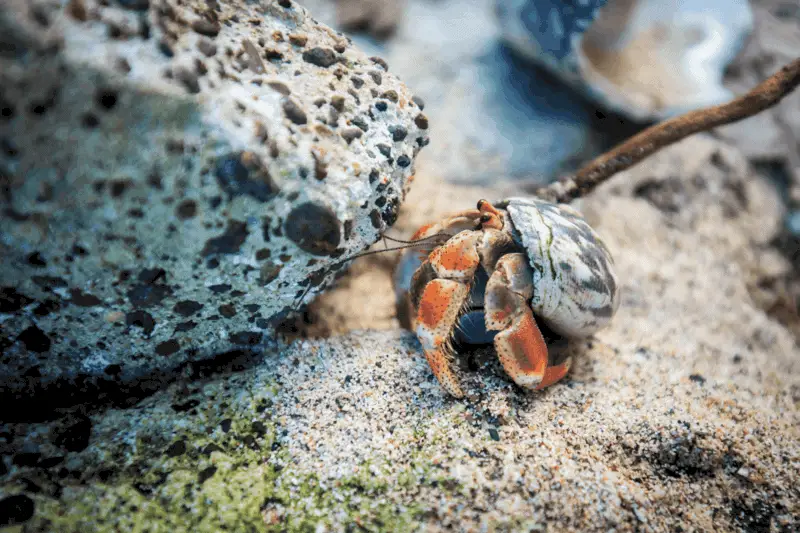
Molting is crucial for your hermit crabs and needs to be monitored carefully. Hermit crabs molt (shed their skin) so that they can change their shells as they grow. Molting occurs, on average, every 18 months. This process can take a few weeks to a month, so be sure not to handle your crabs during this time. Always try to have 3-5 shells per crab available for easy transitions.
6. Emperor Scorpion
One adult emperor scorpion can be housed in a 10-gallon terrarium. Glass sided enclosures work best. Emperor scorpions can grow up to 8 inches and have a lifespan of 6-8 years.
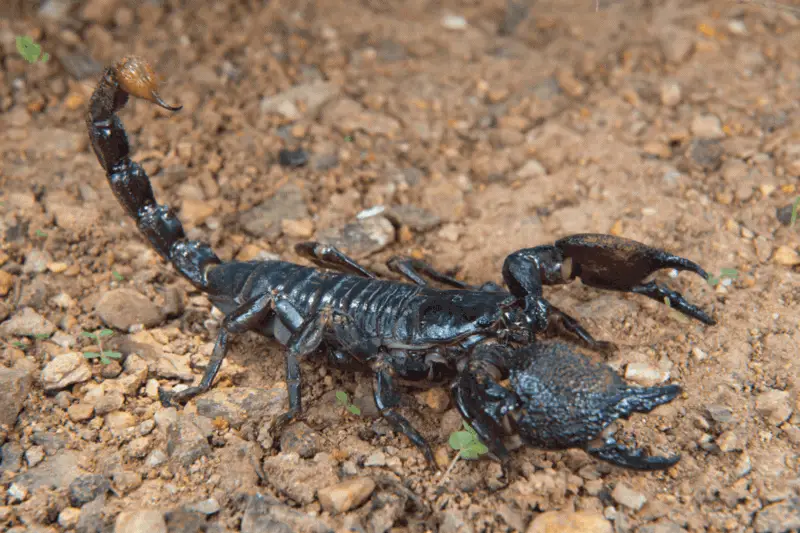
Although their venom is not generally lethal to humans, it is possible to cause anaphylactic shock if you happen to have an allergy similar to bee stings. Due to this, and the pinching of their claws, handling is not recommended unless you have prior experience.
7. Hissing Cockroach
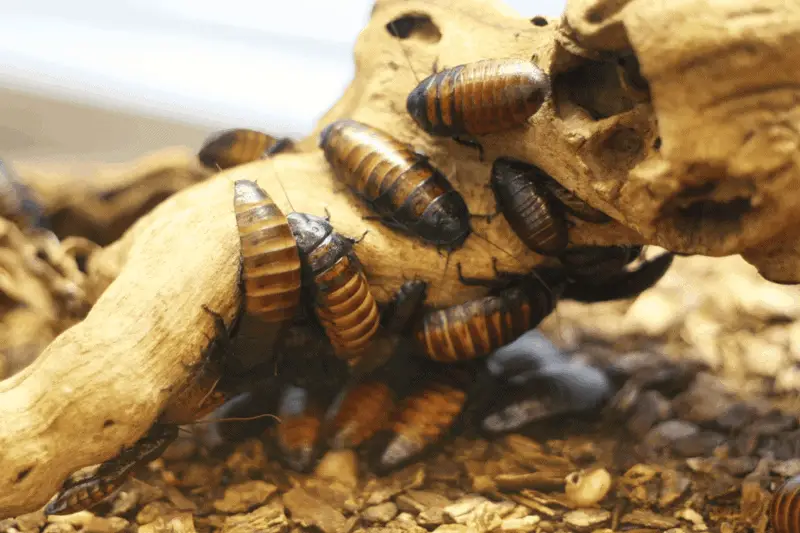
As hissing cockroaches generally only grow up to 3 inches in length, you can comfortably house multiple cockroaches in a 5-10-gallon terrarium. Be sure to have a mesh lid as they can easily escape through small gaps. With proper care, you can expect to have your pet for 2-3 years.
8. Leopard Frog
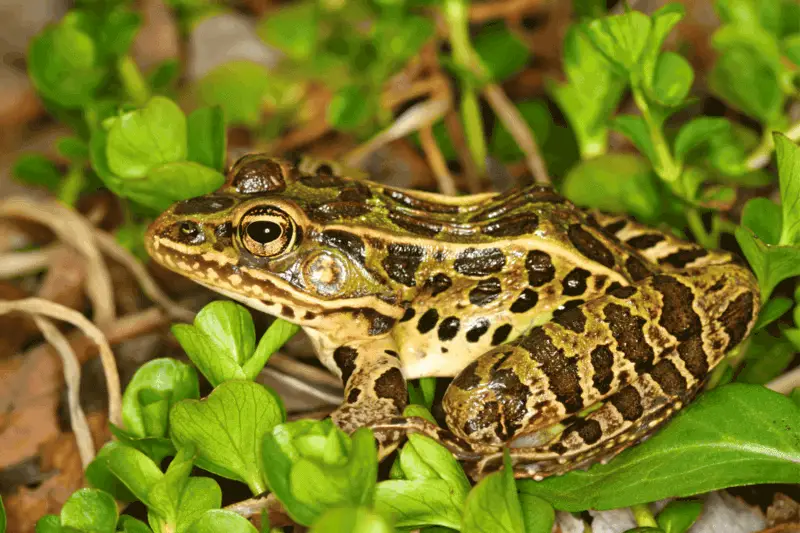
One adult leopard frog can be housed in a 10-gallon terrarium. You will need to increase your terrarium size by 10-gallons for each additional frog. Although they may look quite exotic, leopard frogs are harmless to humans and are not toxic. Be sure to include plenty of plants and wood branches for your frogs to climb on.
9. Fire-Bellied Toad
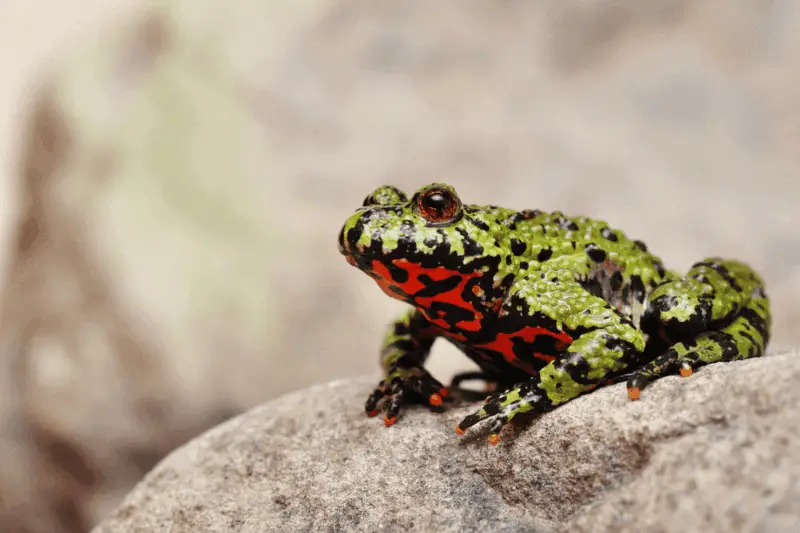
Fire-Bellied Toads only grow up to 3 inches long, so housing 1-2 frogs in a 10-gallon terrarium should be fine. If you are wanting to have more than 2 frogs, a larger terrarium will be required. Their habitat should include both water and land areas and a filter to keep their water clean. Fire-bellied toads like to eat crickets and waxworms 3-4 times weekly.
10. Pacman Frog
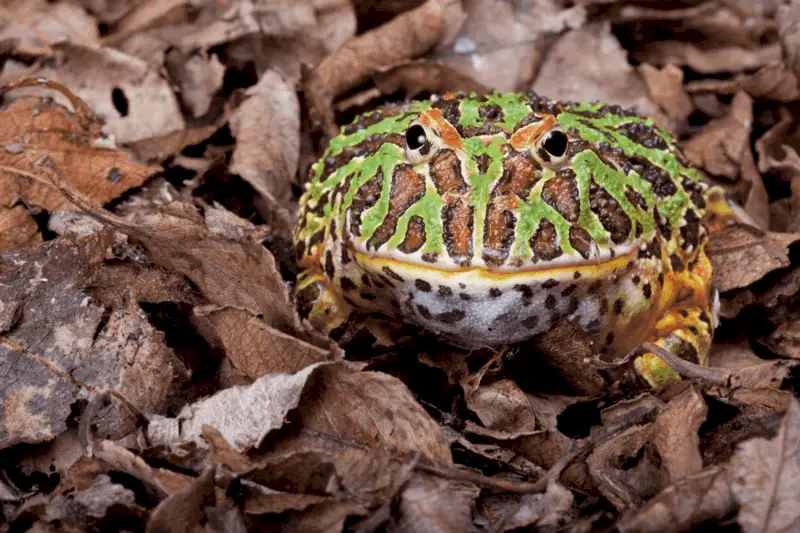
Pacman frogs are great for beginners and can live for up to 5 years. A 10-gallon terrarium is great for a single, adult pacman frog. Pacman frogs do not like being handled as the toxins from human hands can potentially be harmful. Be sure to have some hollow logs within your terrarium to create some good hiding places.
11. Giant Millipede
The length of your terrarium should be at least three times the length of your millipede. A 10-gallon terrarium should be adequate for a couple of millipedes, depending on their size. Millipedes can grow up to 11 inches in length and live, on average, between 7-10 years.
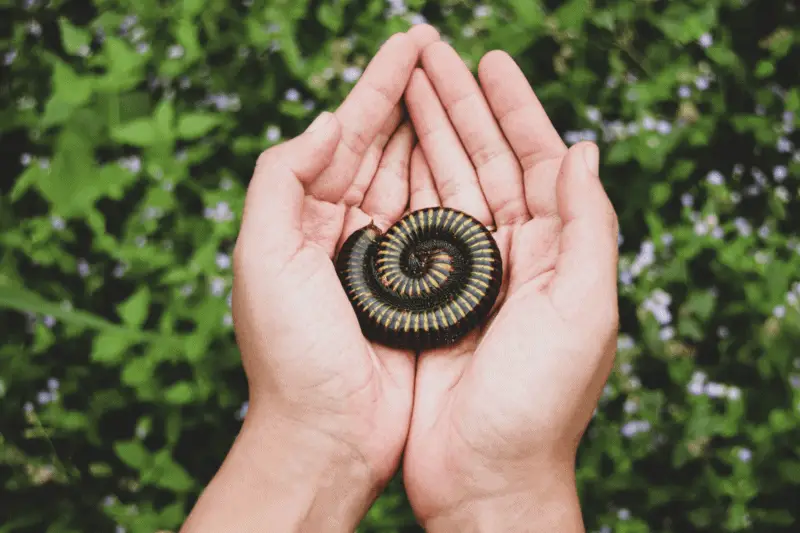
Although millipedes are not poisonous, they do have glands that are capable of producing fluids that can irritate your eyes and skin and cause allergic reactions. Due to this, be sure to handle with care and take precautions if necessary.
12. Green Anole
One to two green anoles can be housed in a 10-gallon, vertical terrarium. Be sure to have a tight lid to prevent your anoles from escaping. They love to climb and are known for squeezing through tight enclosures.
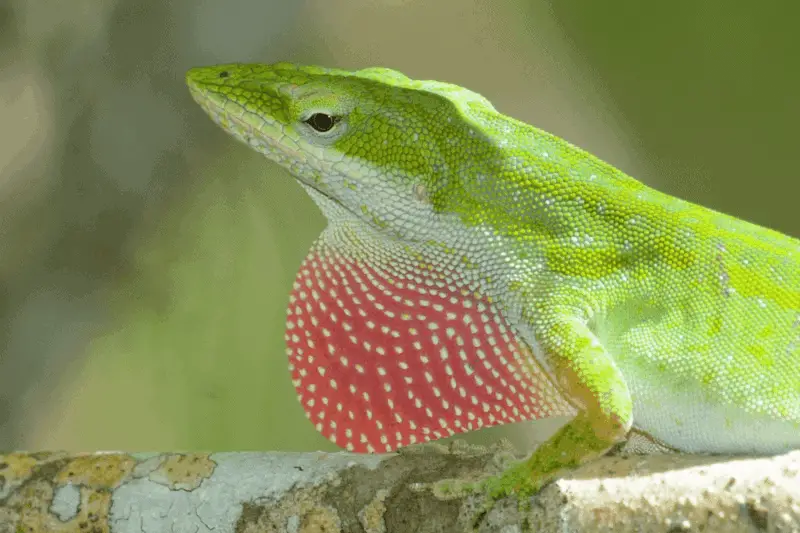
Green Anoles are inexpensive and easily available in most places, making them an easy pet choice. Their smaller size and communal nature allow you to care for multiple anoles within your terrarium. Just make sure that males are kept separate as they are quite territorial.
13. Leopard Gecko
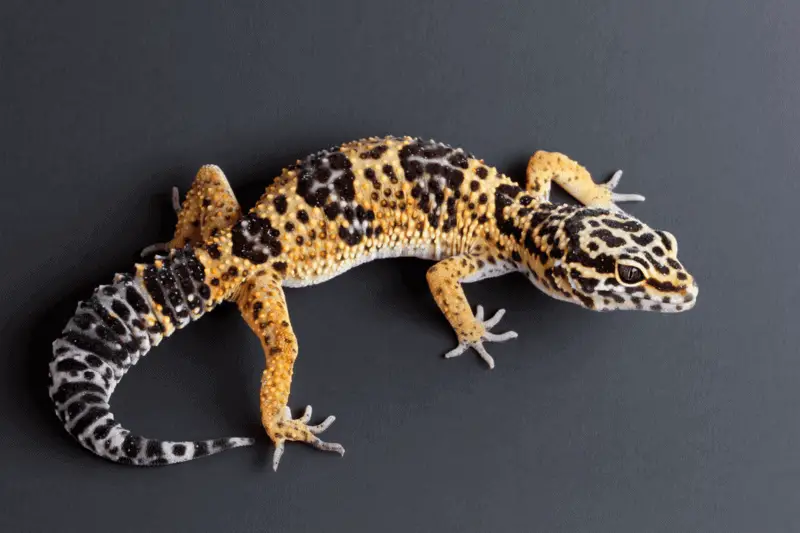
One adult leopard gecko can be housed in a 10-gallon terrarium. A wooden or glass terrarium is ideal, with several hideouts scattered at various levels through-out the terrarium. Leopard Geckos are a great pet for any first-time owner as they are docile, friendly, and beautiful to look at. They love to make noise and you are likely to hear either a chirping or barking sound when they get excited.
14. African Dwarf Frog
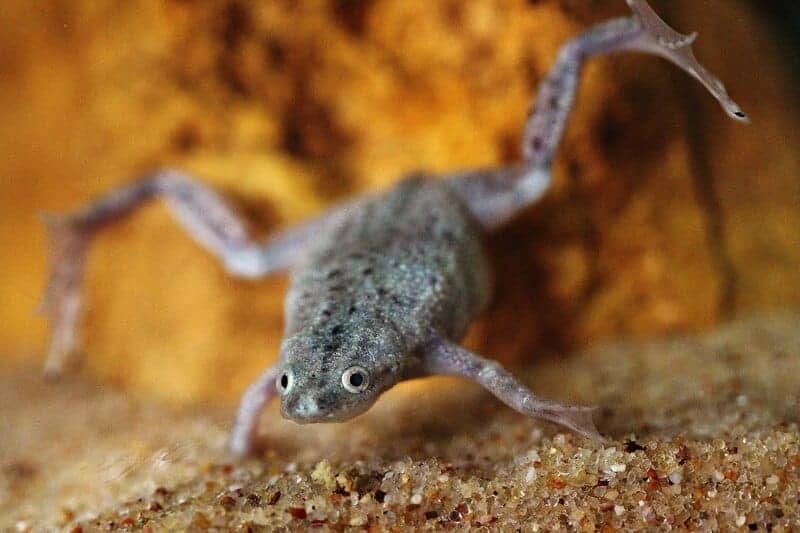
African dwarf frogs are completely aquatic and will require an aquarium style enclosure. Up to 2 frogs can comfortably live in a 5-gallon terrarium. Be sure to increase your terrarium by 5-gallons for every 2 frogs. Although these frogs spend all of their time under the water, they have lungs, not gills, and need to occasionally rise to the water’s surface to take a breath of air.
15. Salamander
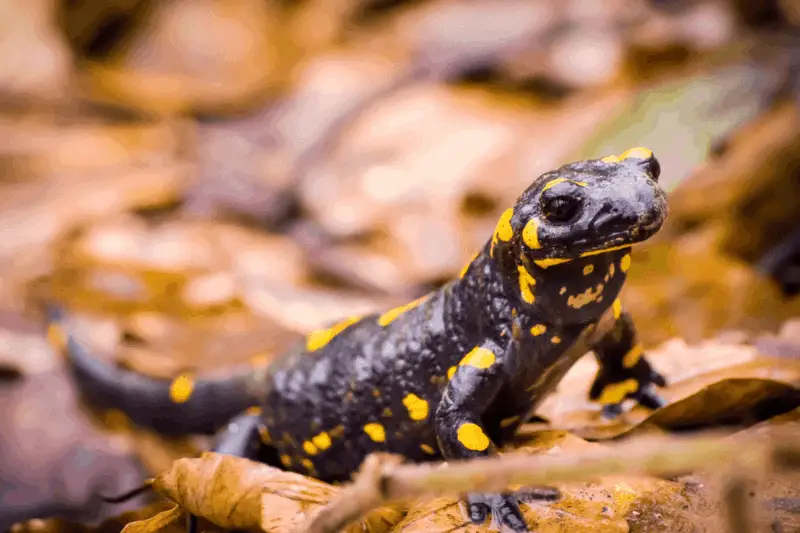
A 10-gallon, horizontal terrarium would provide ample space for an adult salamander. Take care when handling your salamander, as the toxins on your skin can be harmful to them. If handling is required, wear latex gloves to provide a safer experience for your pet. Salamanders can potentially grow between 11-14 inches, so if you’re wanting more than one, be sure to increase your terrarium size.
16. Snails
There are a few different options when choosing snails to have as pets. The best type of snail for a pet would be a land snail, as Nerite snails are mainly used in aquariums to clean the sides of the tanks. Land snails have more personality and can thrive within a well-maintained terrarium.
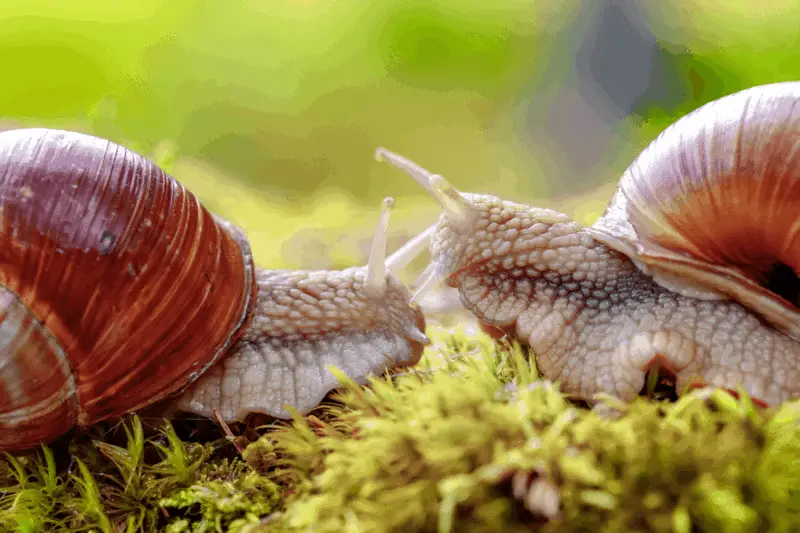
5-gallons is a good size terrarium for 1-2 snails, however, if you are wanting more than two, I would start with a 10-gallon enclosure. Glass terrariums work best, as they are easier to maintain the required temperature and humidity levels.
17. Marimo Moss ball
So, this idea I thought was really interesting and couldn’t resist including it in the list. Marimo Moss Balls are regarded as good lucks charms in many cultures and in Japanese culture, the gift of a Moss Ball pet is considered to be of the upmost prestige. Moss balls are often kept as family heirlooms as they have been known to live more than 200 years in some cases.
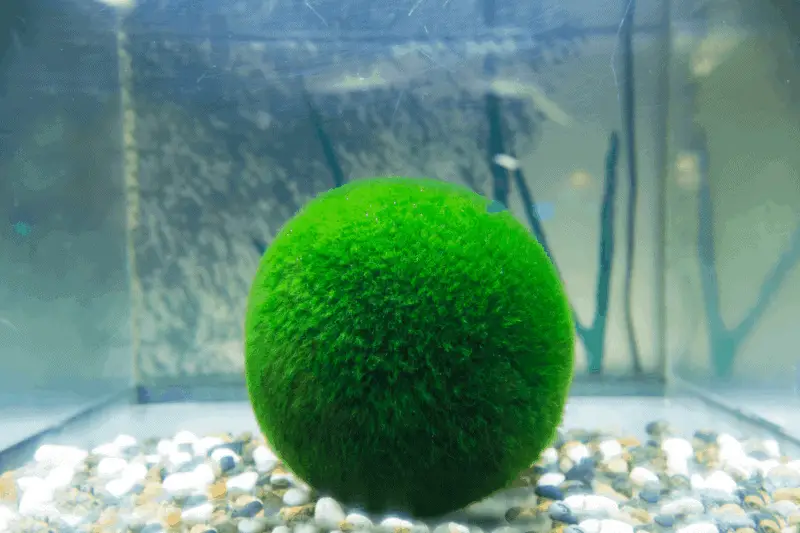
Moss balls are essentially a form of live algae that can be found at the bottom of freshwater lakes. They can be housed in a very small terrarium filled with water and small pebbles. Moss balls grow extremely slow but if they become larger than you desire, you can separate them into two, and they will grow separately as smaller, individual moss balls.
Feel free to name your moss balls and hand them down from generation to generation. They are also great gifts to kids as maintenance requirements is as easy as it gets.
18. Isopods
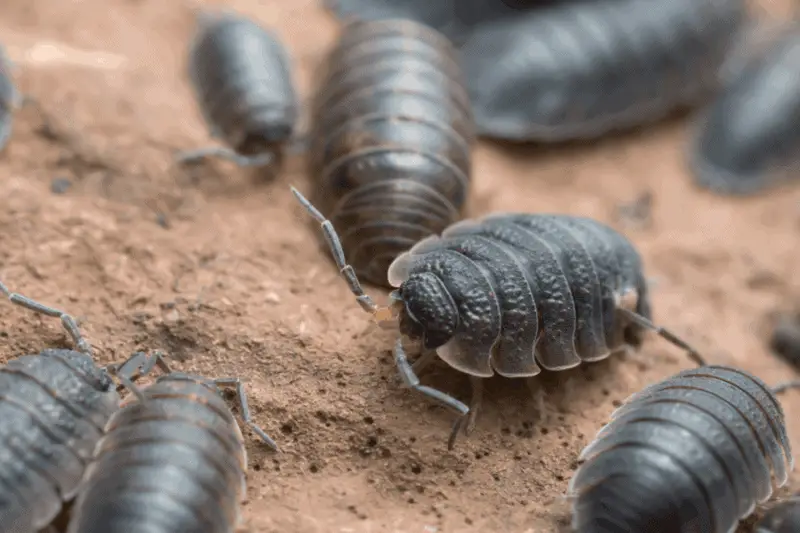
Its possible to start a small isopod colony with just a 1.5-gallon terrarium. You can’t get much smaller than that! They can also be housed within live plant or other animal terrariums. They are great at breaking up organic matter and keeping the soil and ground of your terrarium in tip-top shape. Be sure to include lots of leaves within your terrarium as leaf litter is their favorite meal.
Final Thoughts
There are many different types of animals that can comfortably live within a small-sized terrarium. I hope that this article has provided useful information that will assist you when deciding which small terrarium animal is right for you.
Just because you may be short on space does not mean you have to miss out on the joys of being a pet owner. All of these animals will make great pets for your bedroom, an apartment, or any other small space you may have available.

Meet Brad, the creator behind Vivarium Vibes, where his deep connection with nature and animals truly comes to life.
